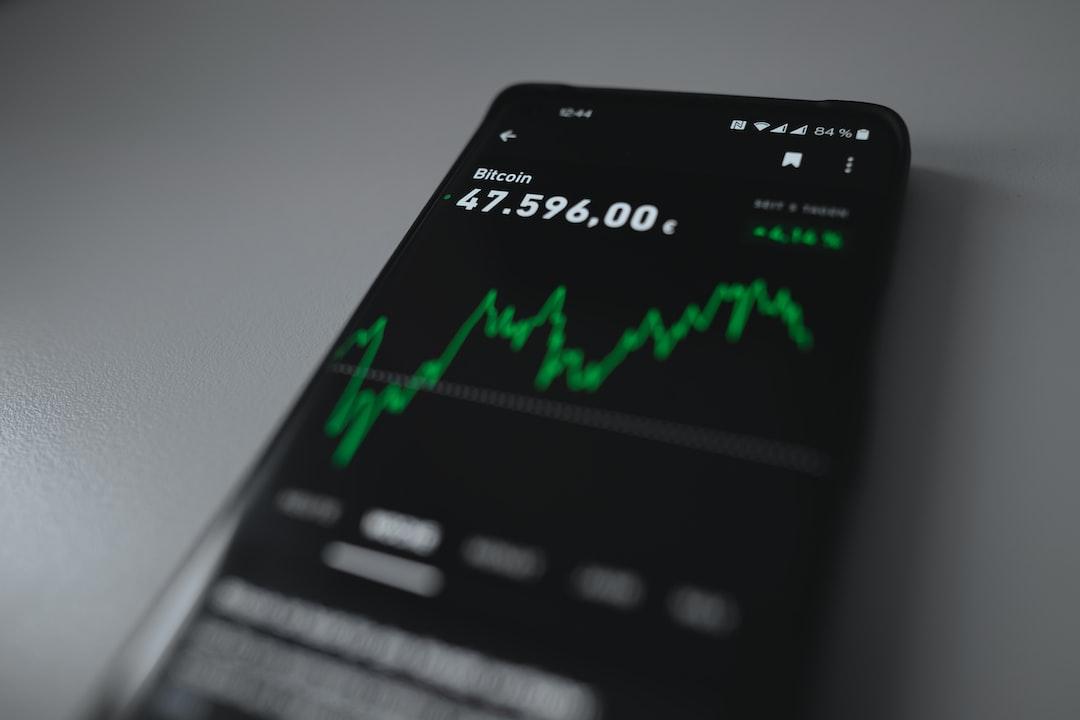ETH is Losing Value? DeFi Analysts Emphasize Broader Evaluation of L1 Blockchain
With Ethereum’s transaction fee revenue declining due to the popularity of L2 technology, many public chains have surpassed it, leading to skepticism in the market: “Is ETH losing value?” In response, DeFi analyst DefiIgnas and user fabdarice have expressed their views, emphasizing that assessing the value of L1 blockchains should not only consider transaction fees but also include key aspects such as decentralization and ecosystem maturity.
Transaction Fees ≠ Value? Tron vs. Ethereum Highlights Key Blind Spots
DefiIgnas pointed out in a tweet that measuring blockchain value solely based on transaction fee revenue is overly narrow.
Valuing L1s based only on fees is shortsighted. If that was the case, $TRX should trade higher than $ETH. But it’s not. Decentralization (meaning security), dev activity, TVL, ecosystem maturity, tokenomics… all these factors matter. Opinions that ETH is dumping because…
He used Tron as an example, noting that even though its transaction fee revenue recently surpassed Ethereum’s, its market capitalization and the value assigned by the market are still far below ETH. He emphasized that decentralization, security, developer activity, total value locked (TVL), and tokenomics are the key factors influencing long-term impact. Many users also pointed out that Tron’s transaction fees mainly come from stablecoin trading volume, but its lack of innovation and decentralization limits its potential:
In my view, revenue only determines the lower limit of a public chain’s value, while its application scenarios define its upper limit.
Low Transaction Fees Equals Failure? Ignas Refutes: Ethereum is Still Evolving, Not Declining
In light of Ethereum’s declining transaction fees, some market analysis institutions have begun to lower ETH price forecasts, even suggesting a decline in its development momentum. However, DefiIgnas believes that this is actually a natural evolution towards efficiency and sustainability in the blockchain space:
If we only consider transaction fees to judge heroes, Bitcoin’s market cap should be lower than Ethereum’s, but the reality is quite the opposite. He also cited user fabdarice’s perspective that Ethereum had no concept of “revenue” during its early proof-of-work (PoW) stage, and the current decline in transaction fees is a symbol of the success of L2 solutions. He mentioned that Ethereum is still often congested, transaction volume has grown 15 times, and issuance rates have dropped from 4.06% to 0.7%, reflecting an improvement in its long-term competitiveness.
“Revenue ” == “Ethereum dying” Meanwhile: – Prior to PoS, Ethereum had no revenue – Ethereum blocks have consistently been full – Ethereum is doing 15x transactions with Rollups – Fees on Ethereum sub $1 – Issuance lowered from 4.06% -> 0.7% Ethereum ain’t dying. It’s going…
Not Digital Oil, But the Cornerstone of the Digital Economy! Ethereum’s Multiple Values are Taking Shape
DefiIgnas pointed out that, for him, Ethereum and L1 tokens like Solana belong to “productive assets,” which are not only used for trading or storing value but can also be used for participating in ecosystem activities, airdrops, and value creation. He admitted that such strategies carry speculative elements, but they are also a way to uncover L1 values:
Bitcoin is used to combat macroeconomic instability, while Ethereum plays a different role in the digital economy. The value sources of the two do not conflict. In addition, he emphasized that Ethereum holds an irreplaceable position as collateral in DeFi ecosystems like MakerDAO or Ethena, and it will become a key pillar of the digital economy in the future:
The market’s perception of Ethereum’s value is shifting, moving from a simplistic view of “digital oil (source of transaction fees)” to a broader role, thus requiring a multifaceted assessment of its value.
Stop Viewing Blockchain from a Narrow Perspective; The Value of L1s May Need Reassessment
This discussion on the value of Ethereum and L1 blockchains serves as a reminder that price and revenue are just the tip of the iceberg. The analyses from DefiIgnas and fabdarice reveal that true value comes from technology, decentralization, ecosystem expansion, and network effects. In the future, the criteria for assessing L1 value will be more diverse and closely aligned with their crucial role in the digital economy.
Risk Warning
Cryptocurrency investments carry a high level of risk, and their prices can be highly volatile, potentially resulting in the loss of your entire principal. Please assess the risks cautiously.

